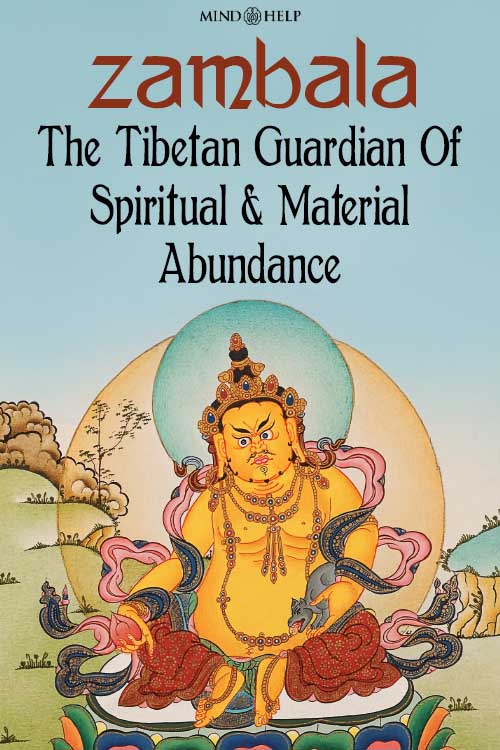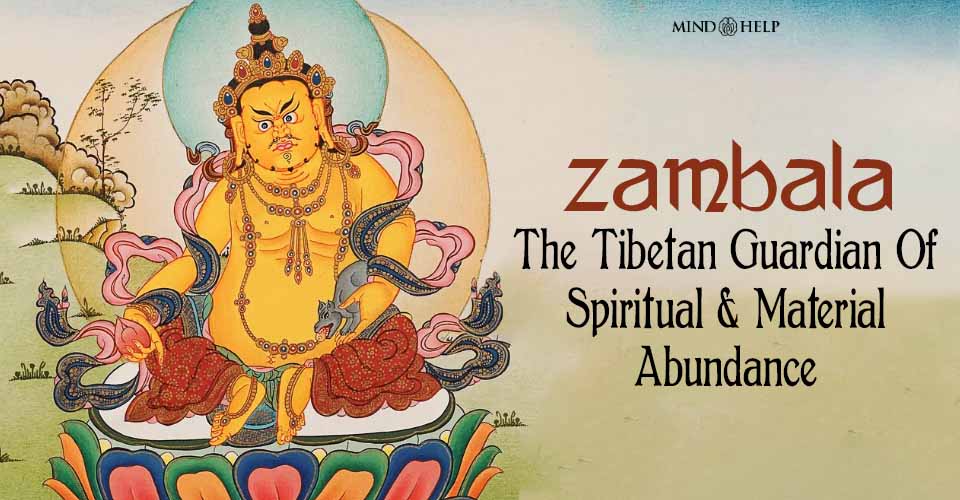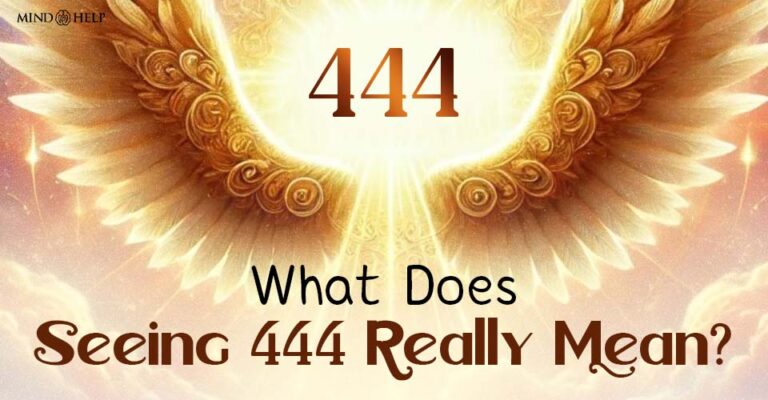Have you heard of Zambala, the Tibetan deity of wealth and generosity? In Tibetan Buddhism, Zambala is believed to offer protection from poverty and guide followers toward prosperity. By chanting his powerful mantras and invoking his presence through visualizations or statues, practitioners seek both financial stability and spiritual growth. Rooted in deep compassion, the practice of Zambala worship is more than a call for riches—it is a path to a more meaningful life.
Known also as Jambhala, Dzambala, or Jambala, this benevolent deity is revered in both Tibetan and Mongolian traditions. His blessings are said to bring fortune, success, abundance, and luck to sincere devotees, making him one of the most honored deities in the Buddhist pantheon of wealth.
The Spirit of Zambala’s Generosity
Jambala is the Tibetan god of wealth. He is honored as an enlightened being who removes both external and internal obstacles to wealth. More than a deity of riches, he represents the union of material success and spiritual purpose. His compassionate energy is believed to:
- Invite abundance and success
- Bless followers with favorable outcomes and fortune
- Provide a shield from scarcity and misfortune
- Encourage wisdom and personal growth
- Symbolism of Jambala: A Visual Guide
Jambala is often illustrated as a rotund, semi-wrathful deity, adorned with jewels, seated on a lotus. In one hand, he holds a mongoose that spews precious gems—an emblem of never-ending wealth.
His imagery is rich in symbolism:
- Mongoose releasing jewels – Endless flow of prosperity
- Golden coins and sacred treasures – Divine wealth and earthly success
- Blooming lotus – Inner transformation and resilience
- Prayer flags – Spread blessings and spiritual intentions across space and time
Understanding Jambala’s Origin and Role
Jambala is considered a manifestation of Avalokiteshvara (Chenrezig), the Bodhisattva of Compassion, acting as a guardian of prosperity in both physical and spiritual realms. Though he shares similarities with the Hindu deity Kubera, Jambala’s role emphasizes generosity and compassion over accumulation and greed.
He belongs to the Jewel Family (Ratna), one of the Five Buddha Families in Vajrayana Buddhism. This lineage is associated with beauty, generosity, stability, wealth (spiritual and material), and the mindful appreciation of value and structure in life.
Jambhala manifests in five powerful forms, each with distinct characteristics, mantras, and blessings. These protect against spiritual and financial challenges while guiding devotees toward fulfillment.
The Five Jambhalas
The 5 Jambhalas are:
- Yellow Jambala – The most widely worshipped, symbolizing wisdom and wealth.
- White Jambala – Known for purifying karma and extending life.
- Black Jambala – A fierce protector against harm, both spiritual and physical.
- Green Jambala – Heals envy, promotes virtue, and fosters emotional balance.
- Red Jambala – Embodies power, influence, and harmonious relationships.
Yellow Jambala
As an emanation of Buddha Ratnasambhava, Yellow Jambala represents generosity, wealth, and compassionate wisdom. He answers the prayers of those facing personal and financial difficulties and encourages a mindset rooted in Bodhicitta—altruistic compassion. His jewel-spouting mongoose is a reminder of his unwavering abundance.
Mantra: Om Jambhala Jalendraye Svaha
White Jambala
Emerging from Avalokiteshvara’s right eye, White Jambala symbolizes compassion and healing. He purifies negativity, prevents misfortune, and brings both material and spiritual richness. Seated on a snow lion or dragon, he holds a gem-spouting mongoose, signifying protection and giving.
Mantra: Om Padma Krodha Arya Jambhala Hridaya Hum Phat
Black Jambala
Associated with Buddha Akshobhya and often linked to Kubera, Black Jambala is the most wrathful form. He conquers ego, dispels spiritual toxins, and grants emotional fulfillment. His iconography includes a corpse (symbolizing ego death), a kapala (skull cup), and the ever-present mongoose.
Mantra: Om Jambhala Jalendraye Bashu Dharini Svaha
Green Jambala
A manifestation of Amoghasiddhi, Green Jambhala stands for fearless compassion. Shown in union with his consort, he protects from jealousy and poverty. With Norbu (wish-fulfilling gem) in hand and the faithful mongoose Nehulay at his side, he offers emotional and financial balance.
Mantra: Om Karma Jambhala Ah Svaha
Red Jambala
Red Jambhala is worshipped for magnetizing prosperity, influence, and familial harmony. A form of Vajrasattva, he is often shown with his consort—the divine mother of wealth—and carries a treasure-spewing mongoose. His energy supports leadership, power, and social recognition.
Mantra: Om Jambhala Jalendraye Dhanam Medehi Hrih Dakini Jambhala Sambhara Svaha
Practicing with Jambala: Steps to Invite Prosperity
To invoke Jambala’s blessings, practitioners engage in daily rituals and cultivate inner virtues. Here’s how to welcome his presence into your life:
- Display Jambala statues or artwork at home to create an atmosphere of abundance
- Chant his mantras or listen to them during meditation or prayer
- Visualize his form to develop spiritual focus and inner compassion
- Practice generosity and help others as a way to live his teachings
- Perform ritual Pujas to align karmic forces and remove financial obstacles
Jambala’s power is deeply tied to intention. True transformation begins with cultivating compassion, letting go of greed, and embracing a spirit of giving.
Read: Understanding The Japanese Daruma Dolls: A Symbol Of Perseverance And Good Fortune
Redefining Wealth: The Wisdom of Jambala
Jambala’s teachings remind us that wealth isn’t confined to money or possessions. True abundance flows from a generous heart, a disciplined mind, and a compassionate soul. His path offers insight into living mindfully, appreciating what we have, and using our blessings to uplift others.
In walking with Zambala, the Tibetan god of wealth, we learn to align with purpose, open ourselves to grace, and find richness within—where lasting fulfillment resides.








